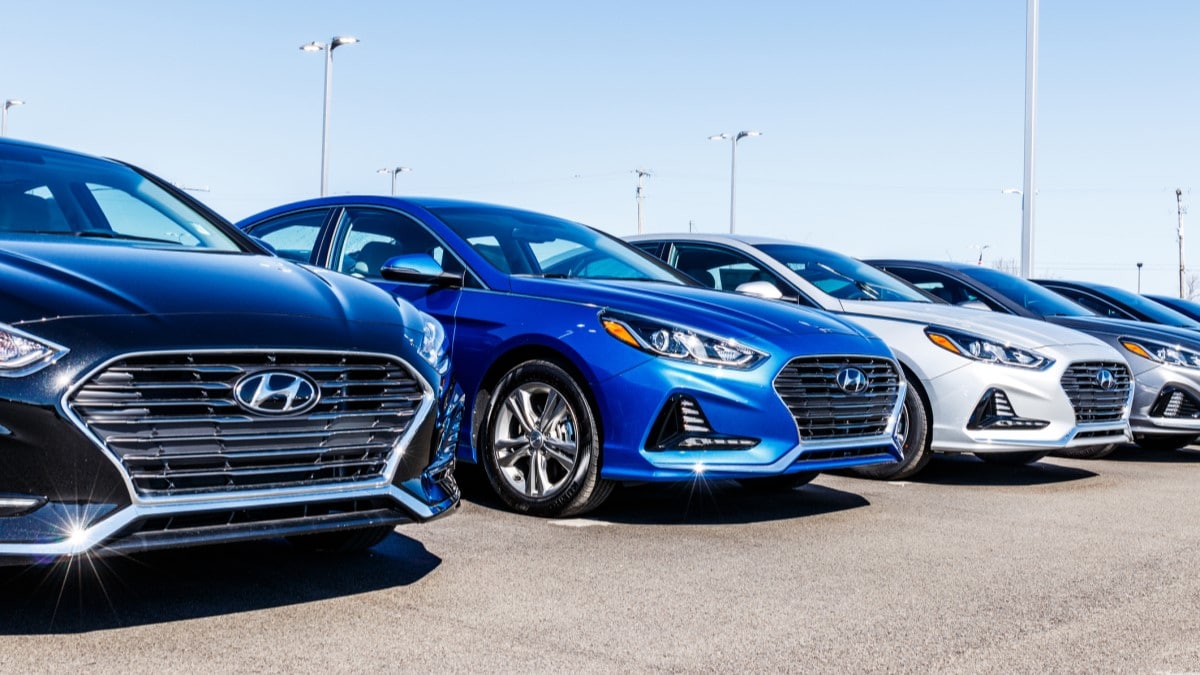New cars haven’t been this easy to afford in more than two years. But getting a loan in the current climate isn’t easy.
“Just as new-vehicle affordability improved in January to its best level in over two years, access to auto credit moved in the other direction,” explains Cox Automotive Chief Economist Jonathan Smoke.
New car prices are one measure of affordability. But, because few Americans buy new cars in cash, they’re not a perfect tool. Most of us borrow money to buy a new car and pay it off over several years. The actual impact of car ownership on our day-to-day buying power fluctuates as the economy changes.
The Cox Automotive/Moody’s Analytics Vehicle Affordability Index compensates for that fluctuation, calculating how many weeks the average earner would need to work to pay off the average new car.
In January, the index fell to 37.5 weeks. That’s not quite normal, but it’s getting there.
The index hovered between 33 and 36 weeks for most of a decade before the COVID-19 pandemic changed the math of car ownership. It peaked at 44 weeks last December.
“Income growth continued while both the average new-vehicle price and the average interest rate declined, making new vehicles more affordable,” Smoke says. “However, we saw credit access to auto credit decline to its lowest level since August 2020.”
Interest rates are creeping down slowly. The Federal Reserve has held rates high for months but signaled that cuts are likely to come later this year. Lenders sometimes inch rates down slowly to compete when they expect a Fed rate cut in the future.
The typical new-vehicle loan interest rate declined to 10.28% from 10.42% in December. That helped the estimated typical monthly payment decline by 3.2% to $751 from $775 in December. The average monthly payment peaked at $795 in December 2022.








